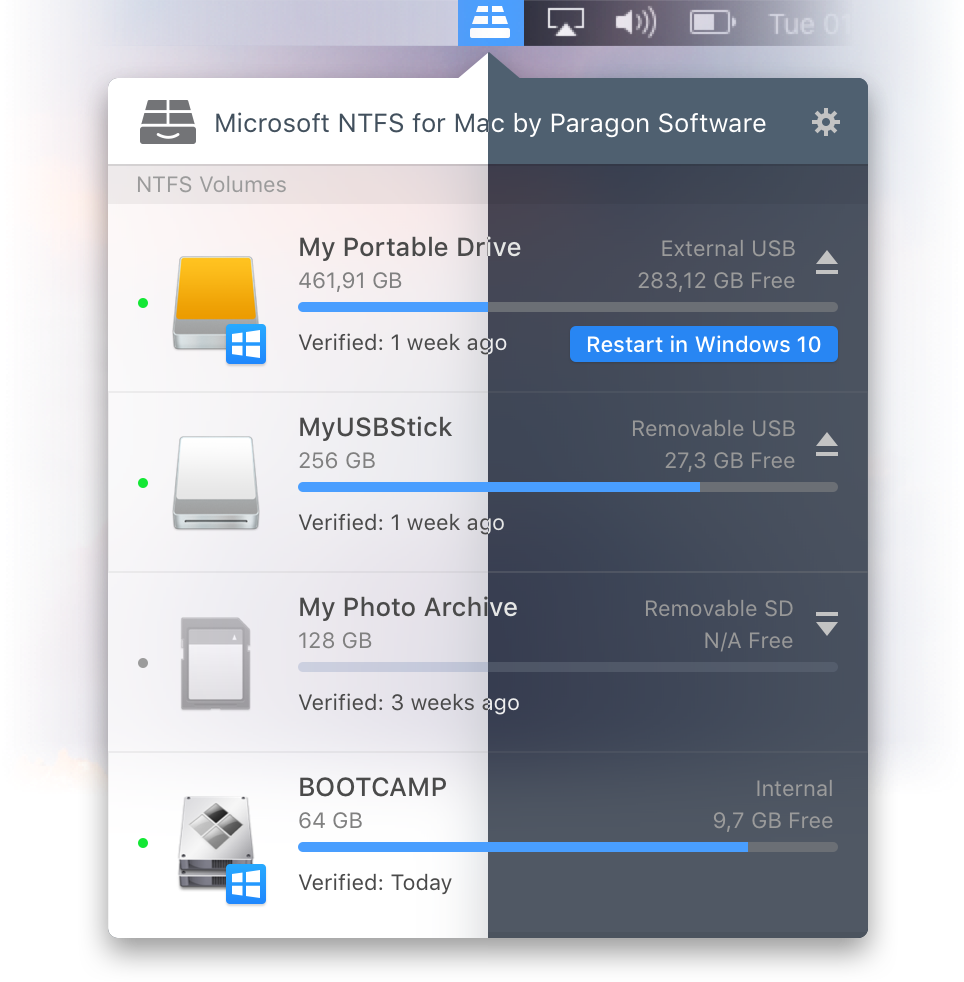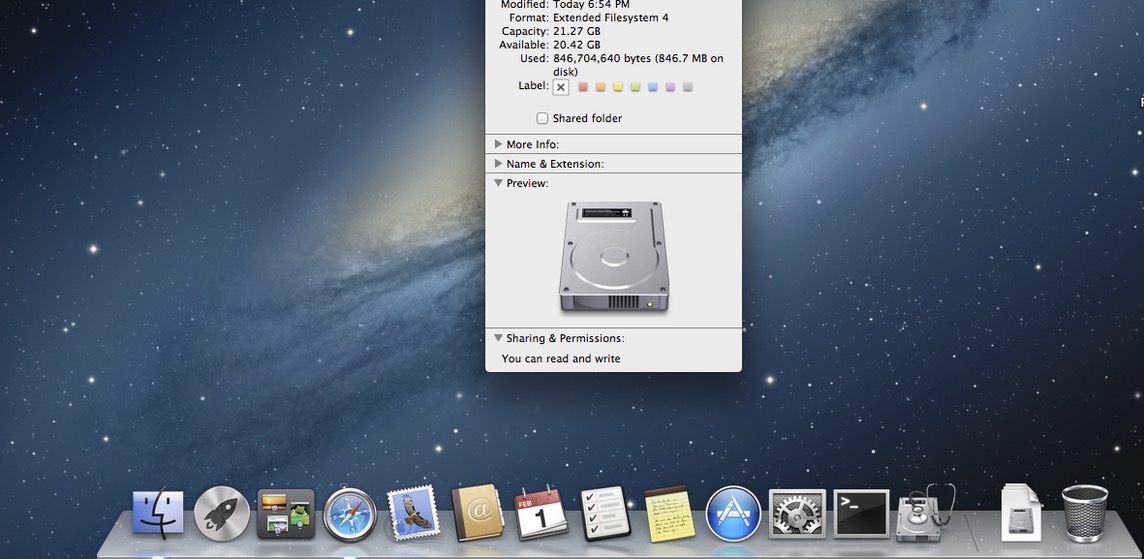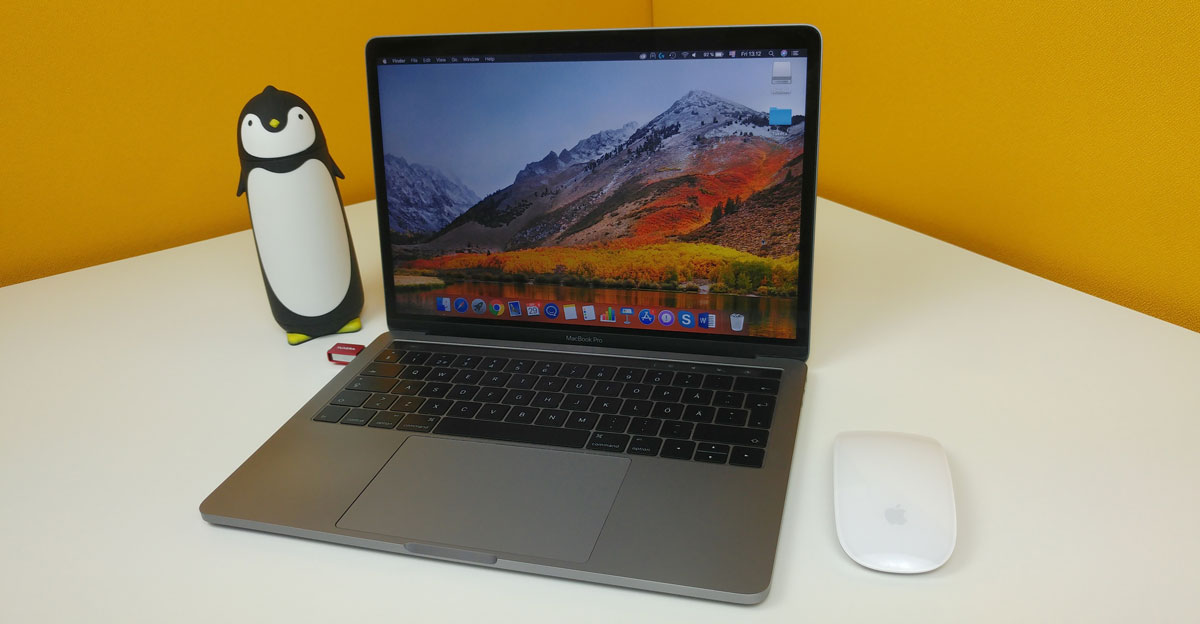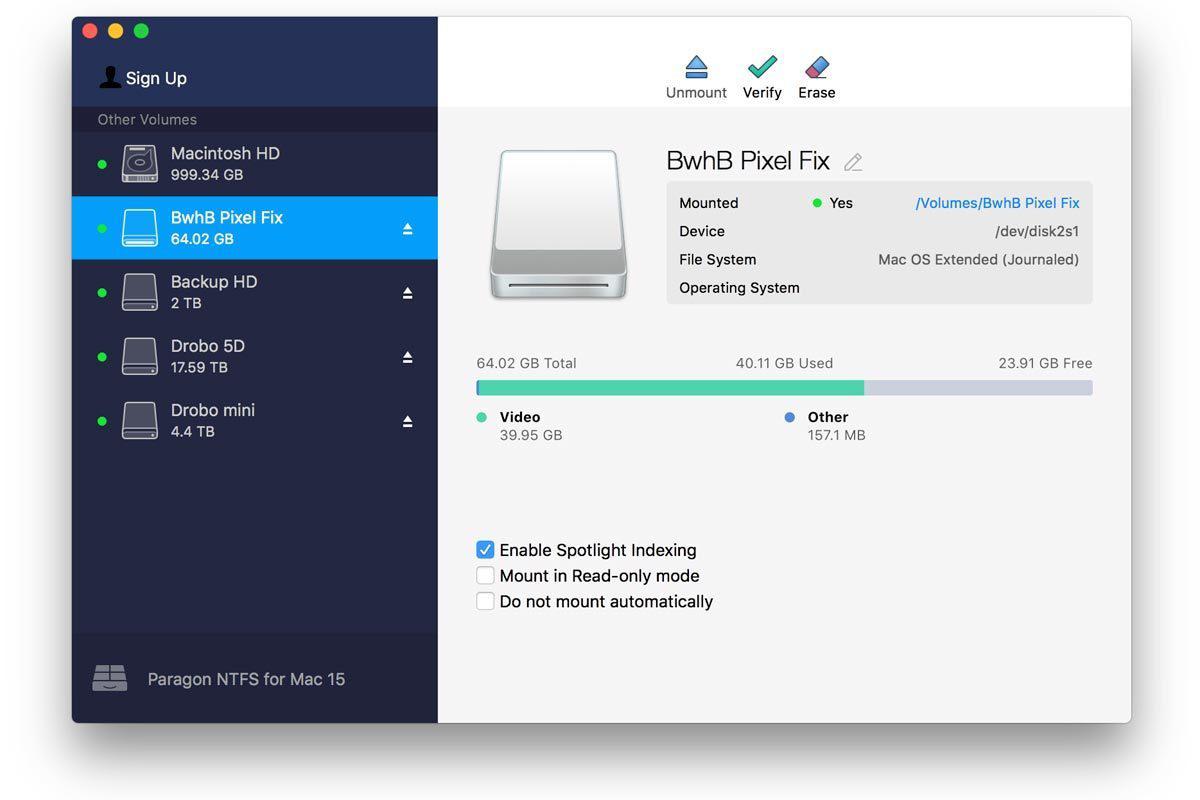MacOS Big Sur is the latest version of the world's most advanced desktop operating system. Like macOS Catalina, macOS Big Sur still provides a limited support for NTFS drives - By default, you can only read the files on NTFS drive, but you cannot write, edit or delete files on NTFS drive from your Mac.So how to write to NTFS drive in macOS Big Sur? As NTFS is proprietary, Apple would need a special license to use it fully on the Macs they sell. Instead of doing this, macOS has been designed to read NTFS-formatted drives but not write to them. I installed ntfs-free to be able to write in my external NTFS devices and it worked fine, but with the last OS X update it stopped working. In order to directly use the built-in OS X driver for NTFS partitions I want to uninstall ntfs-free because I'm afraid it is preventing the driver to run. You want to permanently erase all content from your Mac and restore it to factory settings. This is one of the final steps before selling, giving away, or trading in your Mac. You're changing the format of a disk, such as from a PC format (FAT, ExFAT, or NTFS) to a Mac format (APFS or Mac OS Extended). Then, you can choose one method from the following to uninstall the NTFS for Mac app. Remove NTFS for Mac from the Applications Folder. Like the other applications on your Mac, you can remove Paragon NTFS for Mac with a simple drag-to-delete operation. Step 1: Click Finder on the Dock and choose Applications on the left panel.
The NTFS format isn't one that's widely discussed, so you may be wondering: 'what is NTFS format, and why would I use it?'
In this article, we'll tell you what NTFS is, how you can use it on your Mac, whether there's an NTFS Mac alternative, and discuss the best ways to use the niche filetype on your Mac.
What is NTFS?
NTFS stands for NT File System, and was first developed for Windows NT version 3.1, where itw as the default file system for that operating system. Many external drives are formatted to NTFS by default, as Windows is more widely used than macOS.
Because it's a proprietary file system Apple hasn't licensed, your Mac can't write to NTFS natively. When working with NTFS files, you'll need a third party NTFS driver for Mac if you want to work with the files. You can read them on your Mac, but that's likely not going to suit your needs.
NTFS for Mac: How to Work with Windows Drives in macOS
There are a few things you can do with NTFS files on your Mac beyond reading them. You can change the filetype to something else, but that can be tedious work! You can also tinker with Terminal and allow yourself writing privileges to NTFS, but that's not always advisable. Third party drivers and apps are your best bet, and come in several packages.
Some drivers are paid, and can be quite expensive. Others allow you to work with NTFS for Mac free, but free is not always the best option. Below are a few ways you can work with NTFS on your Mac, both native and third party.
Format to FAT32
Open Ntfs On Mac
Your Mac has an app named Disk Utility built into macOS that can help you reformat NTFS files to the FAT32 (file allocation table) format. Before you change the format of your NTFS files, consider what you have in them.
How To Remove Ntfs For Mac
FAT32 isn’t nearly as efficient as NTFS, which can cause data loss for high-quality videos or documents. This happens because disks formatted as FAT are allocated in clusters depending on their size. The breaking up of files means FAT disks need to be updated often; not doing so is a common reason for file quality loss. Larger files are broken into smaller pieces, and FAT disks need to be told often how to discover those disks.
This is one reason backing your Mac up is critical, and why you should have Get Backup Pro. The app allows you to schedule backups as you see fit, and can backup your entire system, or limited to the data you want to ensure gets saved. If you were to reformat a disk to FAT32, the first step you should take is backing your disk up to ensure no data is lost or corrupted.
Another app you should have on hand is Disk Drill for Mac. If you were tinkering with reformatting and corrupted a file you didn’t back up, there's a chance your Mac has a copy of that file somewhere. Disk Drill helps you find it.
Use a third-party app
If you really want a safe way to work directly with NTFS files on your Mac, a third party app is the best bet. One of the best available third party apps for this is iBoysoft NTFS for Mac.

Living in your Mac menu bar, NTFS for Mac lets you quickly and easily work with drives formatted to the NTFS format, even external drives. You can quickly mount and unmount from the menu bar app, and the app allows full access to NTFS files so you can read, write, copy, delete, and transfer them without worry.
NTFS for Mac is a great option for those who have to work with or on PCs often; you can edit NTFS files on your Mac without fear you will somehow damage them!
Enable NTFS write support in Terminal
Terminal is the direct way you can edit features and settings on your Mac, but it’s a one-way street. Reversing things you do via Terminal can be difficult, and sometimes impossible. But, if you want to take the risk, you can enable NTFS write support in Terminal – just know it’s a highly risky move that could corrupt your drive and files.
Here’s how to do it:

- Open Terminal on your Mac
- Connect the drive formatted as NTFS
- Enter this command: sudo nano /etc/fstab
- Scroll to the end of the list, and enter this command: LABEL=NAME none ntfs rw, auto, nobrowse
- Press Control+O on your Mac keyboard
- Press Control+X on your keyboard
- Open Finder on your Mac
- In Finder, select ‘Go’ in the menu bar
- From the Go menu, select ‘Go to Folder’
- Enter this in the “Go to the Folder” field: /Volumes/NAME
Select ‘Go’
Note: This opens a full list of NTFS files your Mac recognizes. In the following step, replace “NAME” with the name of the NTFS drive you’re trying to alter.
Note: Remember to substitute the NTFS volume name for ‘NAME’ in the step above
This should allow you full read and write access to your NTFS disk on the Mac.
Terminal is scary for many users – which is why you should give MacPilot a shot. It’s a fresh interface for your Mac Terminal that avoids having to know specific commands, and is a far safer alternative to Terminal as it limits you to doing what’s safe. There are roughly 1,2000 hidden Mac features MacPilot can help you quickly and easily discover and activate, all without having to enter a single Terminal command!

Use BootCamp to access NTFS drive
Bootcamp is Apple’s method for allowing you to run Windows on your Mac natively, so using it to access and edit NTFS files is (currently) a safe bet. It downloads everything you need to run Windows on your Mac automatically, but there are a few catches.
It will delete all of your old Time Machine backups, if you’re using Time Machine. This is another great reason to use Get Backup Pro!
Bootcamp is also on its way out. Macs with Apple Silicon running the newest version of macOS, Big Sur, will not have access to Bootcamp. It’s unknown if Apple will simply disallow Bootcamp for all Macs, or just those running Apple Silicon chipsets.
But if you run Bootcamp and boot into Windows on your Mac, you will be able to manage NTFS files.
Move files to the Cloud
Cloud services may not grant you write access to NTFS files, but they do let you duplicate, share, and sync NTFS files. All cloud services can host and share NTFS files, so pick your favorite cloud storage option and give it a try.
Many will even sync to your Mac, allowing you to move files within Finder and have them synced to the cloud without you having to drag and drop anything. Just open the drive you have your NTFS files in, and move them to your cloud storage. Apple’s iCloud even syncs your desktop and Documents folders automatically, making it a far easier process to sync NTFS files to the cloud.
Conclusion
NTFS files are still a fairly niche filetype, but when you need to access them it can be maddening to not have full access. If you try to make changes and mistakenly ruin your Mac’s files, things can be even worse for you.
Happily, all the apps mentioned today – NTFS for Mac, Get Backup Pro, Disk Drill, and MacPilot – are available for free during a seven day trial of Setapp, the world’s leading suite of productivity apps for your Mac. Along with these four incredible apps, you’ll have unlimited access to the entire Setapp catalog of nearly 200 apps!
When your trial ends, Setapp is only $9.99 per month – an incredible deal, so why hesitate? Give Setapp a try today!
Meantime, prepare for all the awesome things you can do with Setapp.
Read onSign Up

So I learn from “How to Uninstall Paragon NTFS for macOS” on https://nektony.com/how-to/uninstall-paragon-ntfs-for-macos
Quote of the manual un-installation method:
Paragon NTFS for Mac is a tool that helps you to write, edit, copy and delete files on Microsoft NTFS-formatted drives connected to your Mac.Paragon NTFS application installs its pane to System Preferences, so it is not enough to drop the app to Trash to remove it correctly.
Format To Ntfs On Mac
. Uninstall Paragon NTFS for Mac manually
Like most Mac users do, you may delete Paragon NTFS following these steps: go to the Applications folder in Finder → find Paragon NTFS for Mac 15.app → make a right-click and select Move to Trash → then, Empty Trash.
However, advanced users know that any application creates service files for its proper work on a Mac. Likely, you have heard or read about caches and logs. These types, in addition to other files, are the temporary helpers of an application. So, the deletion of the .app file is not enough for the application’s entire removal from your Mac. Furthermore, the temporary service files are useless without the application on your Mac. So you have to find all the leftovers of Paragon NTFS and remove them.The junk files are usually stored in the hidden Library folder. Follow these steps to see the contents of the Library folder:
Open Finder.Click Go in the toolbar and select Go to Folder in the drop-down menu.Type ~/Library in the appeared window and click Go.Type paragon in the search field in the corner of the window and hit Enter. Next, you will see all the files and folders that relate to Paragon NTFS. Select these items, move them to the Trash, and then empty the Trash.
You should also check your Mac’s System Preferences. Some applications create a System Preference pane (an application icon) on your Mac by default. Paragon NTFS is one of them. So, open System Preferences → find Paragon NTFS for Mac icon → make a right-click and Remove “NTFS for Mac” Preference Pane.
Then you should navigate and remove Paragon NTFS cache files stored in ~/Library/Caches, application support files, crash reports, preferences files, remove them as well.
